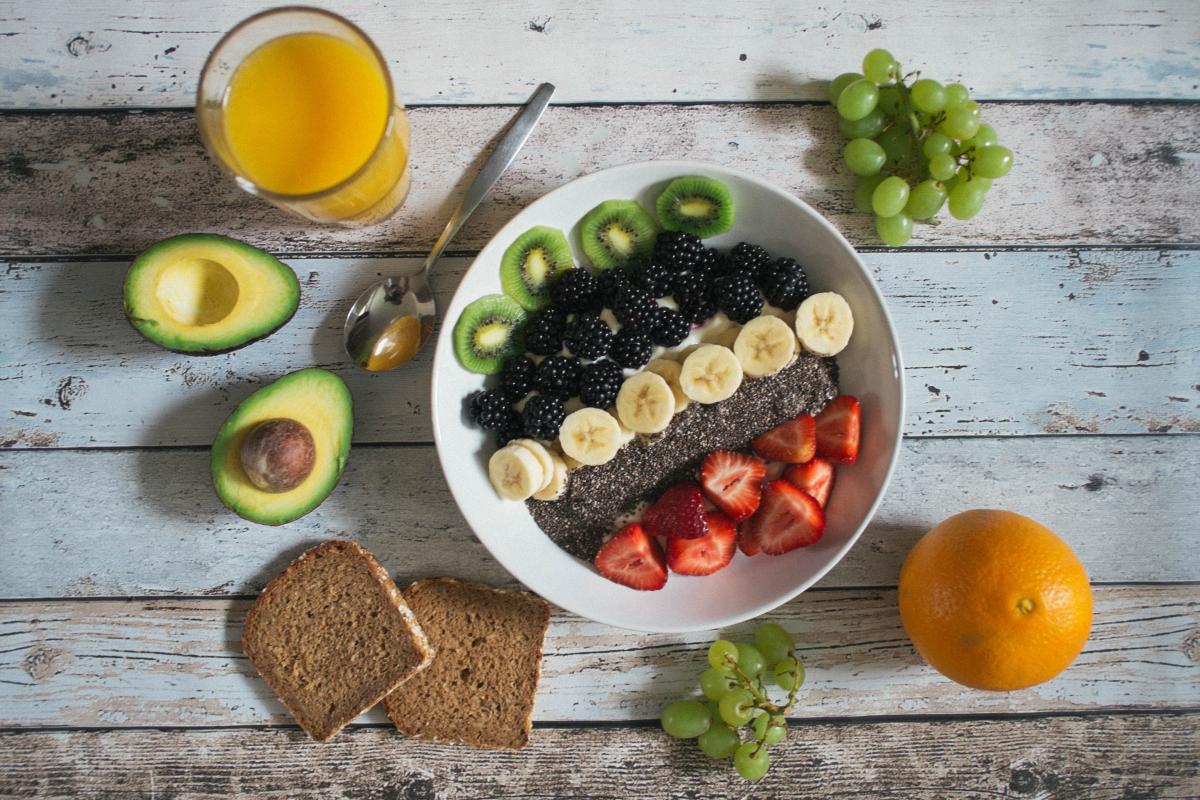I recently attended a lecture on the applications of neuroscience to marketing. All the data marketers will ever need, it was claimed, can now be obtained from ‘neurometrics’ – via MRI scanning, EEG measurement and eye-tracking devices. I listened to the lengthening list of uses with mounting disquiet and an article formed in my mind entitled ‘Caution: neuroscience may be dangerous to the health of your brand’.
The lead article in this issue provides the explanation of why the skills required for brand building live in a parallel universe. Douglas Holt and Douglas Cameron in ‘Cultural innovation: triumph of a better ideology’ look to anthropology for inspiration. It is commonplace to say that brands live in the mind (as opposed to the factory). But where they really live is in culture, in society’s norms, values, codes and practices. And while yes, neuroscience and anthropology can exist together, the danger is in what we qualitative researchers call ‘physics envy’ (the need to elevate market research to the level of the pure sciences). Put access to the brain – the human version of the Rosetta Stone – together with lots of gadgetry that measures things and before you know it, the new and intriguing drives out the old but essential.
The key point that Holt and Cameron make is that innovation models tend to reflect an engineer’s view: technology is the necessary driver. Yet, cultural innovation, a new and better ideology (think Innocent, Starbucks, Harley Davidson, Dove and many many more) are just as innovative and likely to be just as profitable. Neuroscience may have a lot to offer but it will never contribute the insights into brand building to be obtained from a constant monitoring of the cultural environment.
The article forming in my mind could equally have been entitled ‘Caution, data can be dangerous to the health of your brand’, and this is a theme that Mark Earls pursues elsewhere in this issue. The ‘data hosepipe’ – the literally billions, maybe trillions, of pieces of data flowing over us – can lead to paralysis. Advice: look for big patterns or you may lose the will to live. Also in the issue, Rory Sutherland explores concepts from Behavioural Economics as well as some other less familiar sources that have insightful applications in understanding brand choice.
Finally, from the most successful brand builder of them all, Sir Terry Leahy, comes a checklist of the ways in which CMOs can turn the whole organisation into marketers. Use the power you have, he advises. After all, he did it.
